
Ramsey Lewis, Nancy Wilson and Hank Marr in Chicago, IL.
By Pete Fallico, 1995, www.doodlinlounge.com
Henry “Hank” Marr was born on January 30, 1927, in a section of Columbus known then as Flytown. He remembers sneaking off to the neighbors', where he could practice on their piano, playing the chords he would pick up from listening to music on the radio. "My stepmother could never find me," recalls Hank. "She eventually asked my dad to buy a piano, and at great sacrifice, he did."
Hank often jammed with his friend Ronnie Kirk (later known as Rahsaan Roland Kirk) in a nearby garage. "I developed a very good ear, but it wasn't until after I got out of the service and worked in Tampa, Florida and played professionally in a band then called Charlie Brantley and the Honey Dippers and later came back to Ohio State, that I formally had any training with music." Hank described himself as a diamond in the rough in those days. "I didn't know anything about classical music or any of the technical aspects of the music," admits Hank. "But a couple of teachers got their heads together and said there's something there. They saw some talent."
Hank began performing with the Sammy Hopkins Trio and soon joined Rusty Bryant's band. His keyboard playing would soon expand to the Hammond organ as he was caught up in the tremendous interest stirred up first by "Wild" Bill Davis and ultimately by Jimmy Smith. "I had heard 'Wild' Bill Davis, fortunately, just before I was getting ready to go overseas. I think it was Birdland," recalls Hank. "About that time, he had put together his arrangement of 'April in Paris."'
In the mid-fifties, Hank and Rusty traveled to Atlantic City, only to run into the eye of the organ hurricane created by Jimmy Smith's exciting new sound. The Hank Marr Trio was soon formed with Wilbert Longmire on guitar and Hank on the increasingly popular Hammond B-3 organ. After he signed on with Shaw Artists, he continued to look to Jimmy Smith for inspiration. "I caught up with him where we could because we sort of followed one another or preceded one another on certain engagements. Then we were playing all the organ rooms, and I would casually just go up and ask him things."
At Grace Daniel's Little Belmont Club in Atlantic City, Hank would run into "Wild" Bill Davis. "They had the revolving bands," remembers Hank. "The music would never stop. Bill would be playin' his theme song. Then I'd come on, pick it up, and it just went on and on." Bill Davis' influence remained with Hank. "I learned an awful lot from 'Wild' Bill Davis about how to play the organ to get a 'locked-hand' sound."
Hank joined King Records in about 1961 and recorded seven albums for them. "I think at that time Bill Doggett was perhaps leaving King Records," says Hank. "They wanted a new organ artist to follow along in that tradition, and I think this is what they expected of me. I wasn't allowed to do things like Jimmy Smith." Later a manager named Bubbles Holloway suggested that Hank seek a new identity on the organ. Hank found himself departing from the Jimmy Smith sound and taking on a more orchestral sound. "I tried to find a combination of stops that would simulate a big band or maybe a saxophone section--a softer sound--or I'd pull them all out when I wanted to get a bright, brilliant sound."
Hank's career expanded through the sixties and seventies. He worked as TV star George Kirby's musical director and played coast to coast, making numerous television appearances. Of more importance, however, has been his devotion and dedication to music education. For the past twelve years, Hank has taught at Ohio State University and is now an associate professor in the Jazz studies program. "I'm back teaching here in the classrooms where I matriculated," reminisces Hank "and it is indeed fascinating."
Hank maintains a positive attitude towards the future of Jazz and the young players who hold it in their hands. "I'm very optimistic about it, and I think with some work and cooperation with our government, we'll be able to turn this thing around."
Hank has also contributed to the Jamey Aebersold play-along catalog with an unprecedented Hammond organ accompaniment record or CD for students everywhere. "It's a great feeling of accomplishment when you have students who are becoming an extension of you," says Hank. "I don't think you can have a better tribute made to you and to your profession than to have students carrying your legacy."
On August 12, 1990, the City of Columbus honored Hank with Marvelous Hank Marr Day. Awards came from dignitaries ranging from the governor to the mayor. More recently, Hank was given the Continuing Legacy Award at the first Columbus Music Awards Ceremony. As he puts it, "It's great that they let you smell the flowers while you're still here." Hank Marr's spirit inspires music lovers of all ages. "I stay young and like to think young by playing happy music and being expressive and showing that optimism in how I perform the music."
Note: Hank Marr passed in Columbus’ Grant Hospital, March 16, 2005, after a brief bout with cardiac illness. His life celebration was held at Shiloh Baptist Church, where friends, family and fellow musicians shout to the joy of his life’s victory.



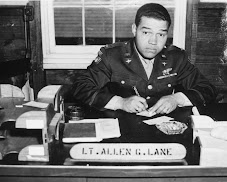
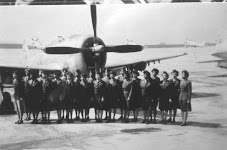
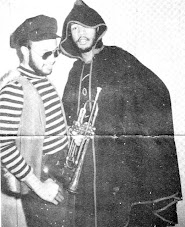





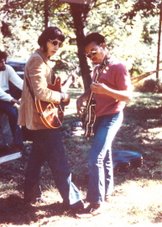
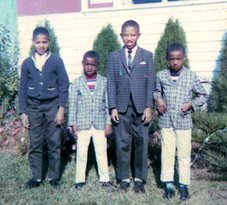
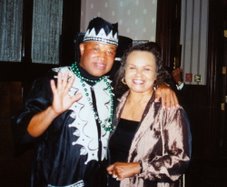

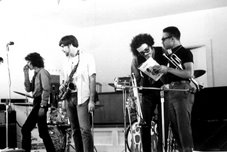
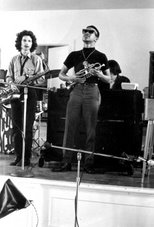

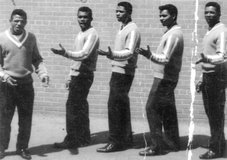



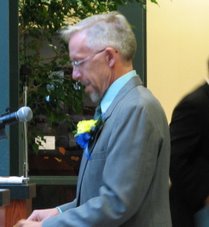
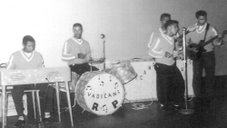
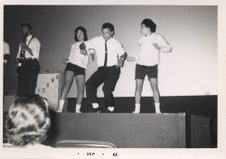


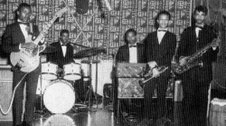
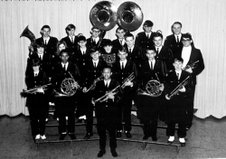
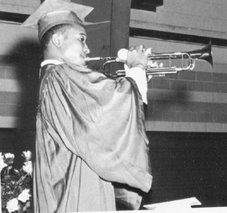
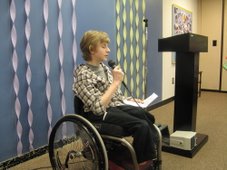
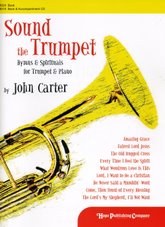
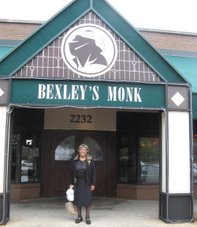
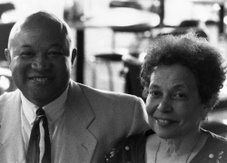
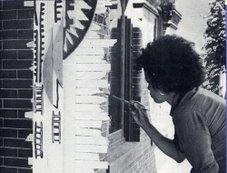

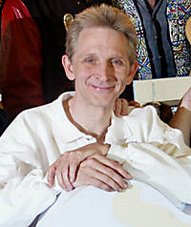
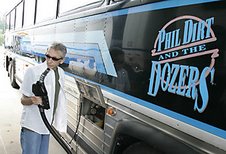
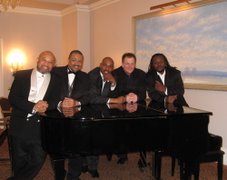
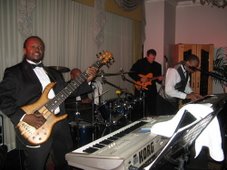
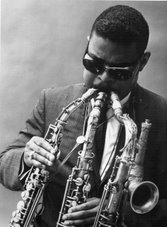
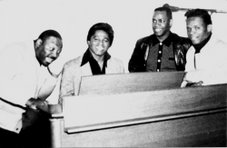

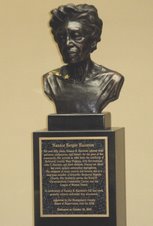
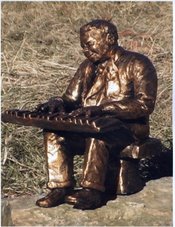
No comments:
Post a Comment